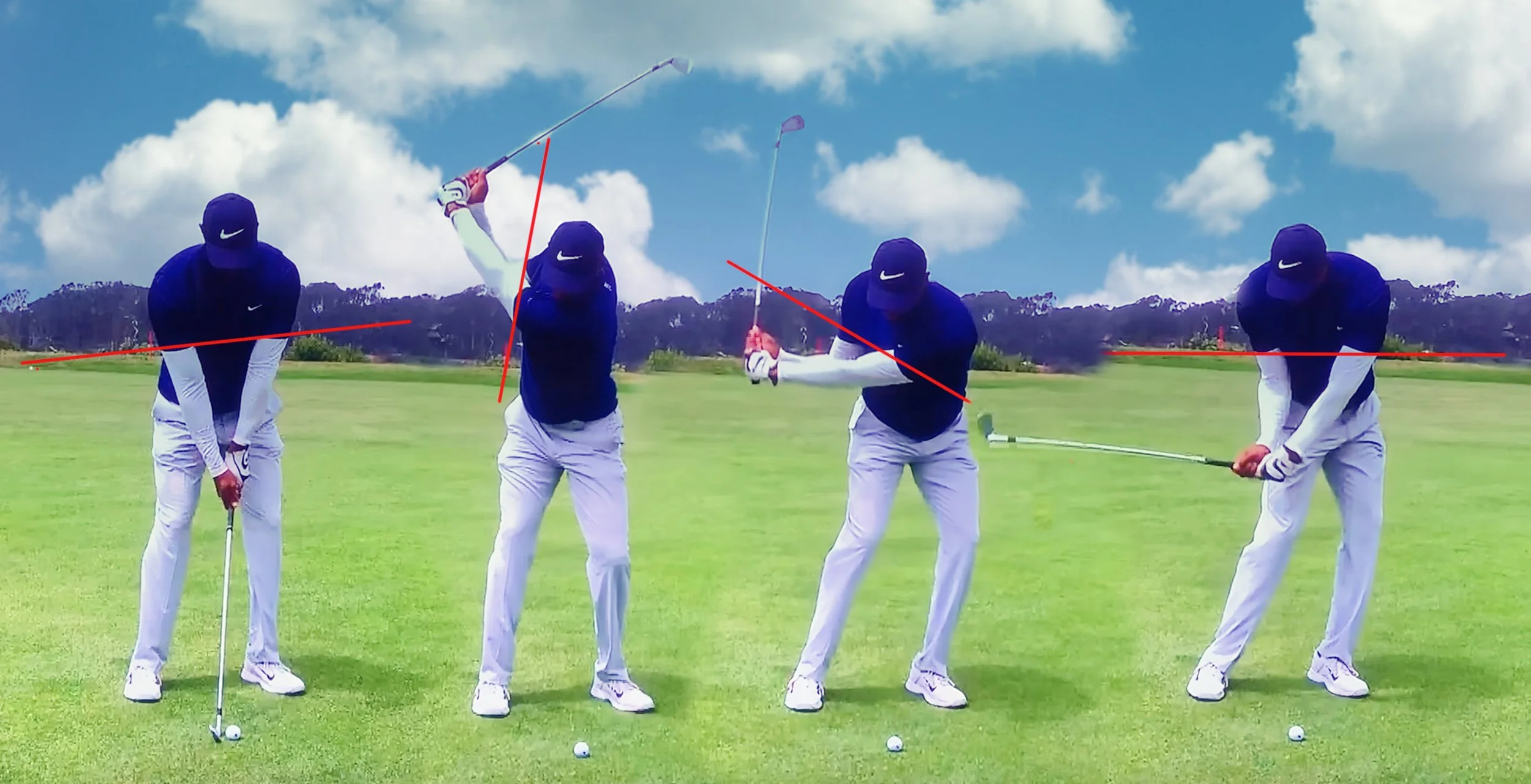Better Ballstriking!
/It has been incredible to watch my students work this concept into their golf swing and witness how much better they start to strike the golf ball. It’s ball first, crisp contact where the compression improves almost immediately. If you struggle with thins, scrappy heavy hits and even some blocks and hooks then this thought is a good one for you to try. As always there is a video coming, but today I’m going to lead off with what I’d like you to feel….
As you get to the top of your backswing your lead/front side is lower than the trail side. In transition I want you to keep the lead side low for as long as possible into the downswing
Feel like you’re “surfing down the wave” into the golf ball
Work against drifting the upper body in front of the ball. There should be no upper body sway as you start down
While the lead side will elevate at impact, strive to keep that front shoulder staying as low as possible
As you can see in my demonstration above I tend to get my upper body too far forward while I’m ingraining the FEEL, but notice what the upper body does during the actual shot. That’s a little more like it!
I hope that these articles are somehow contributing to your enjoyment of the game. As we all know - better shots lead to greater enjoyment. Thanks for checking in!














